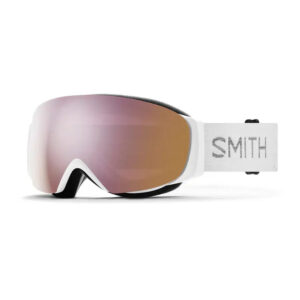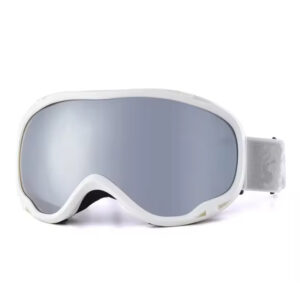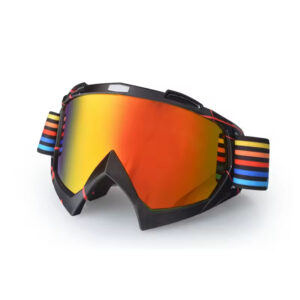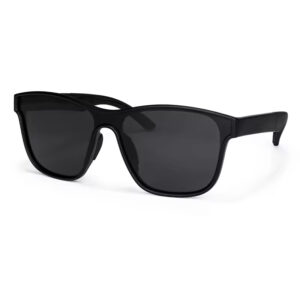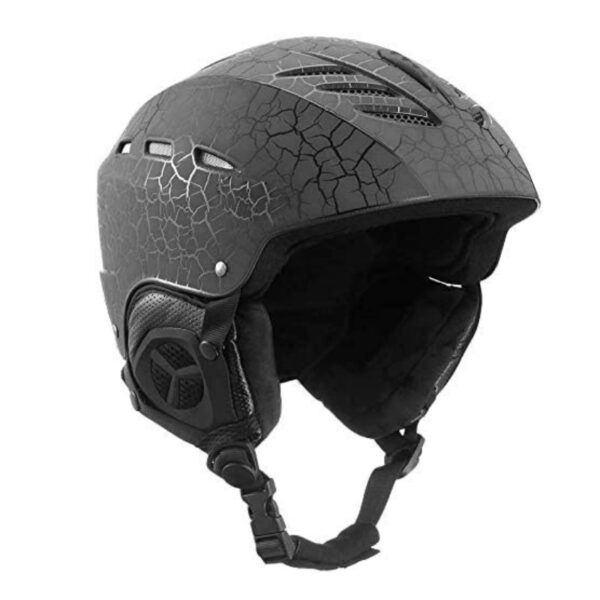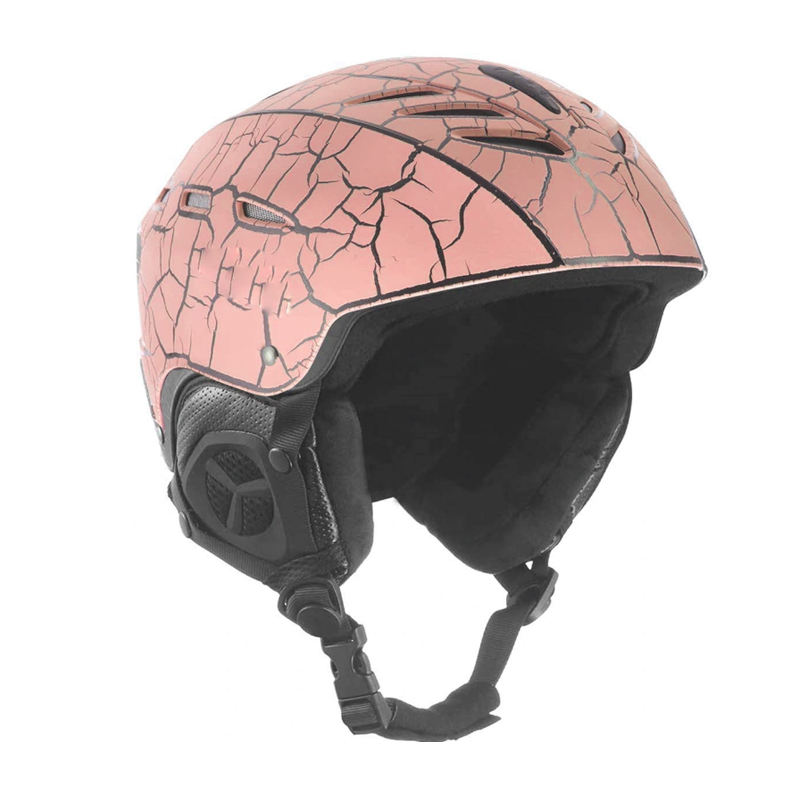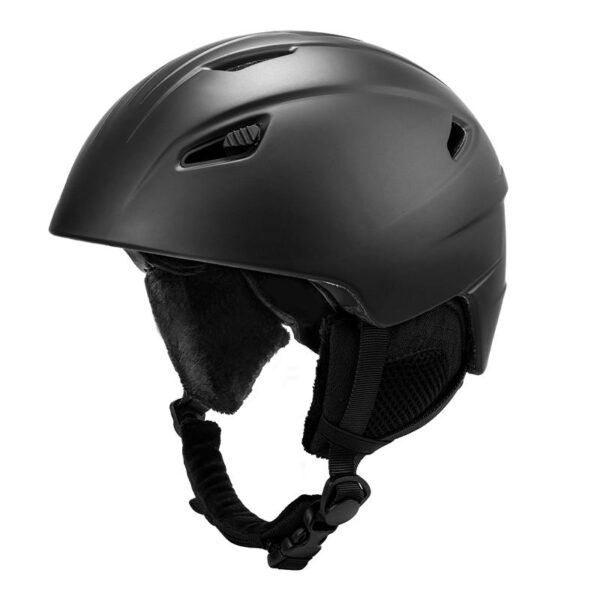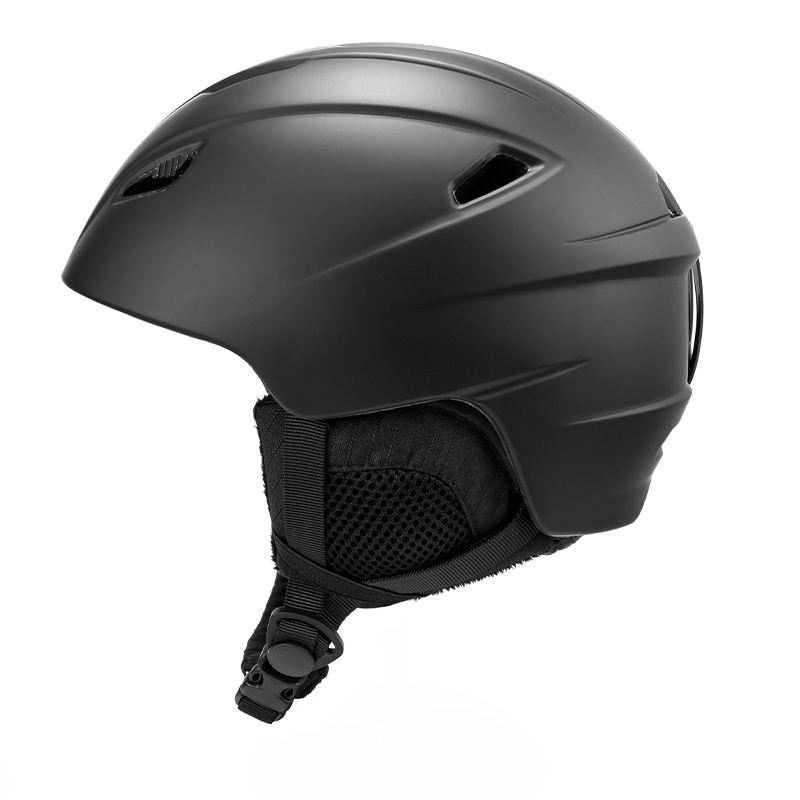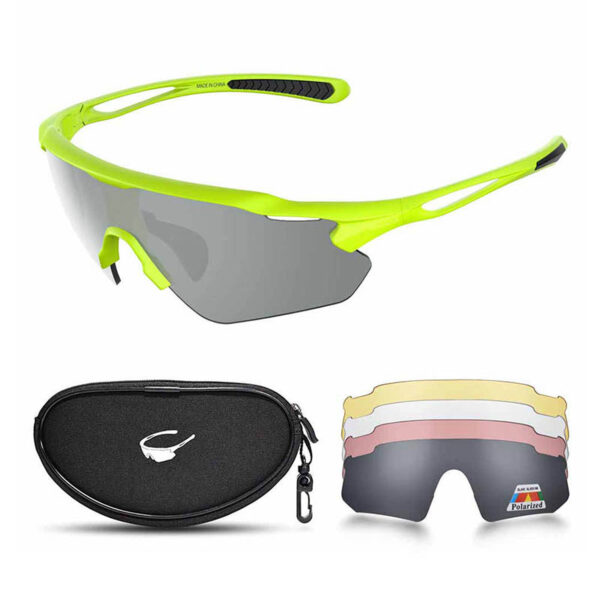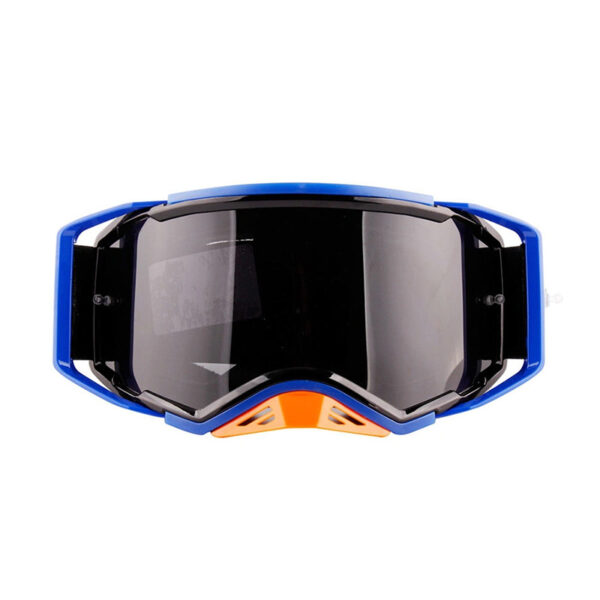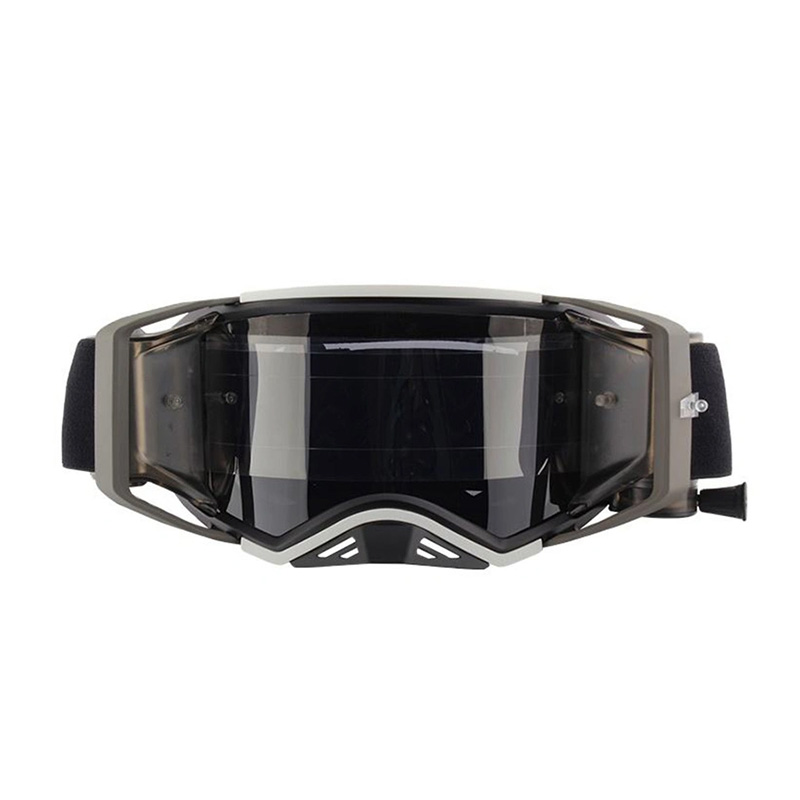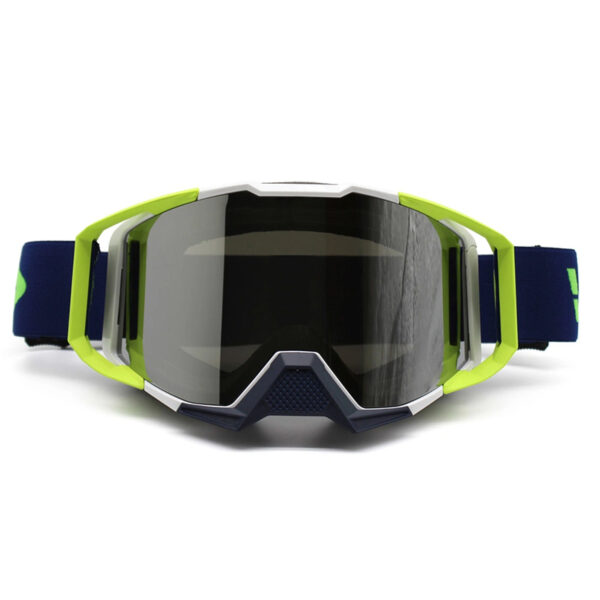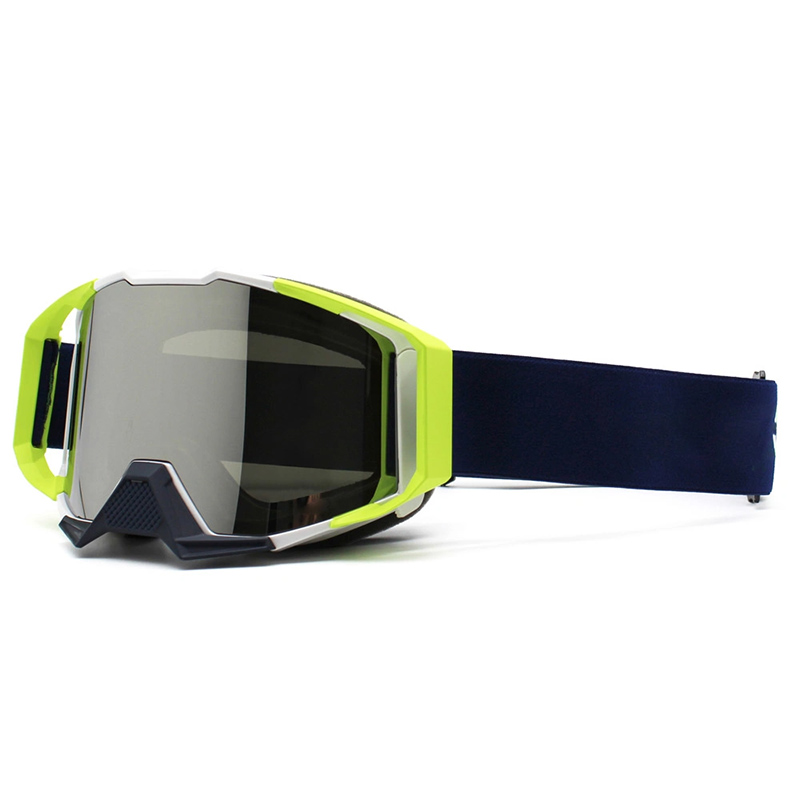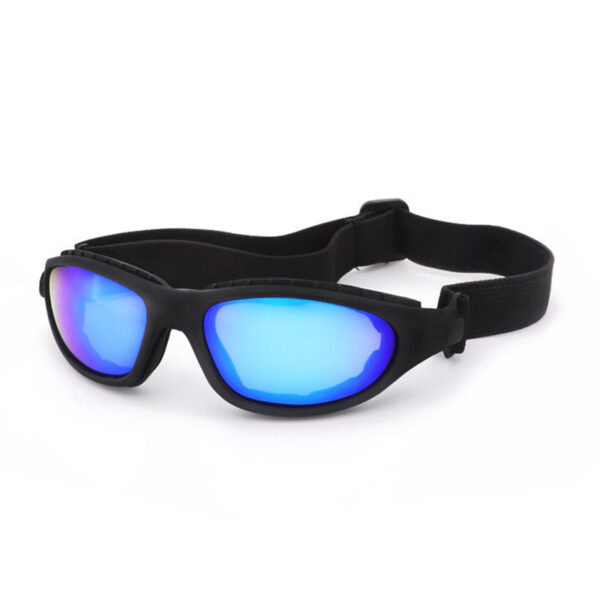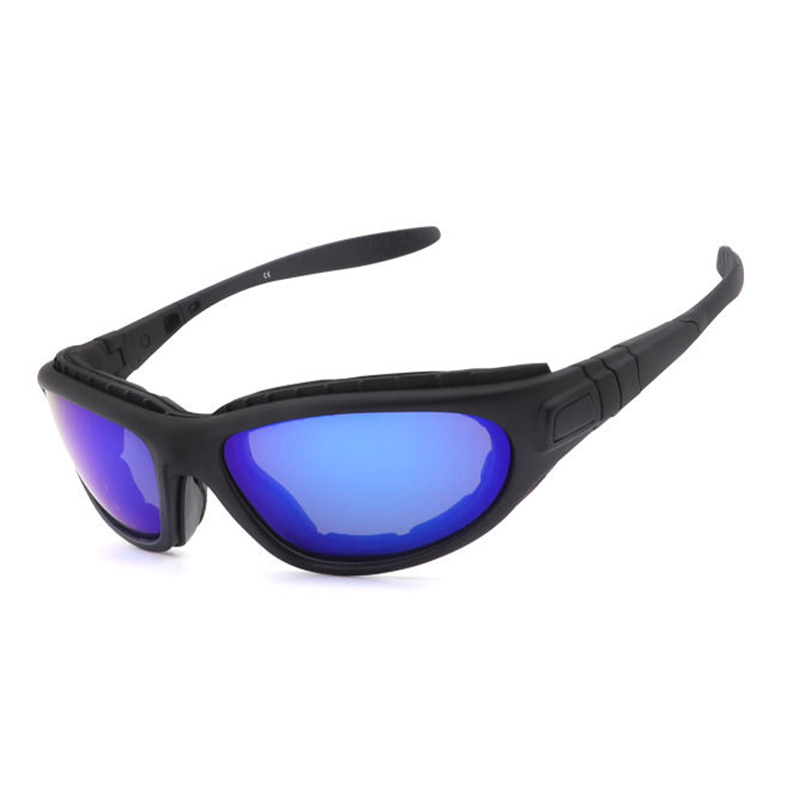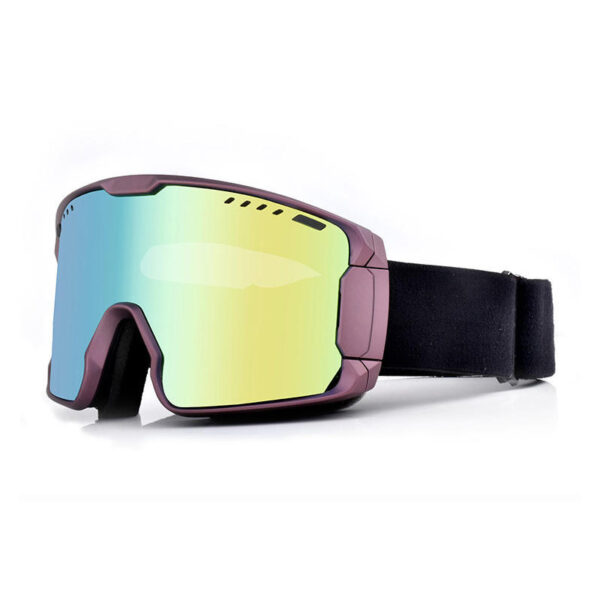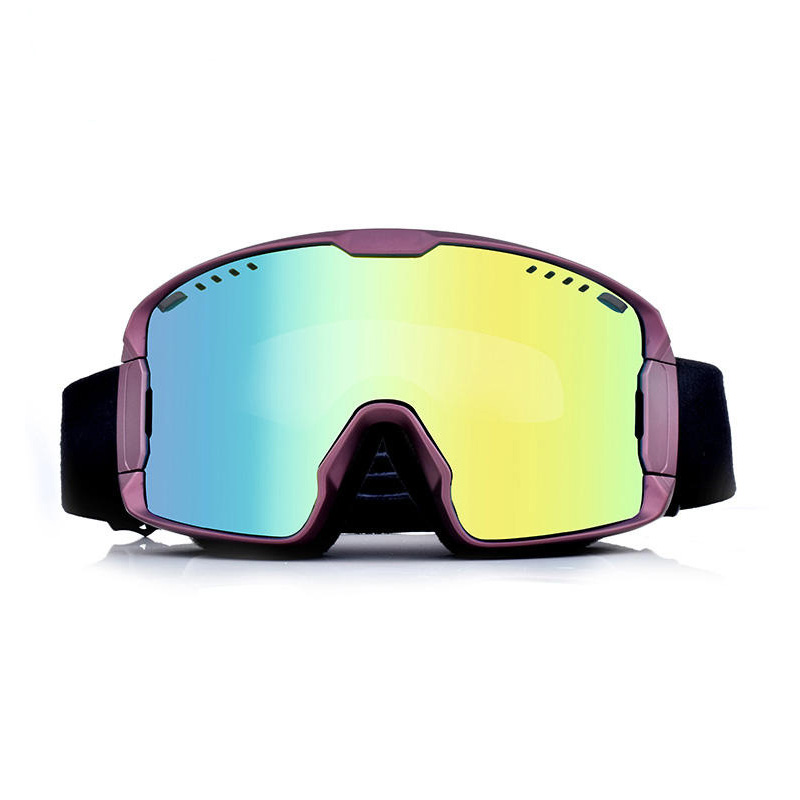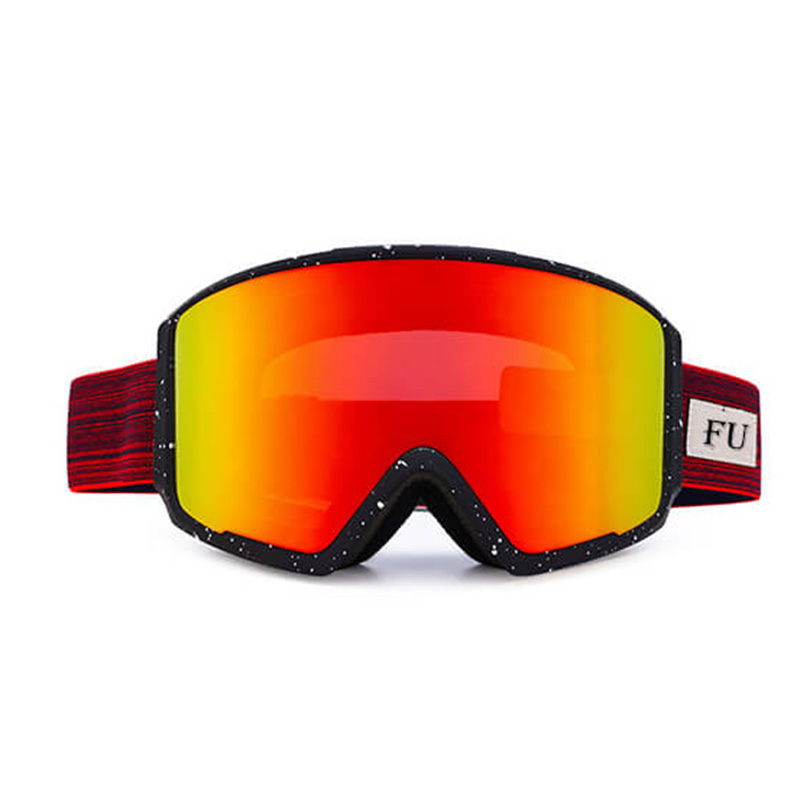If you swim regularly, you know that having the right gear is crucial. Swim goggles are essential for protecting your eyes from chlorine, saltwater, and other chemicals while improving underwater visibility. But how long do swim goggles last? The lifespan of swim goggles depends on a variety of factors, including usage, maintenance, and the quality of the goggles. In this article, we will explore how long you can expect your swim goggles to last and how to extend their lifespan to get the most out of them.
How Long Do Swim Goggles Last?
Swim goggles typically last anywhere from six months to two years. However, the exact lifespan depends on several factors, including the type of goggles, how often you use them, and how well you take care of them. Regular swimmers who use their goggles several times a week may need to replace them sooner, while occasional swimmers can expect their goggles to last longer.
Here are the key factors that affect how long your swim goggles last:
- Frequency of Use: The more often you swim, the faster your goggles will wear out. Swimmers who use their goggles daily may notice wear and tear after six months, while those who swim less often may get a year or more of use.
- Goggle Quality: Higher-quality goggles, made with durable materials like silicone or polycarbonate, tend to last longer than cheaper options. Premium goggles often feature anti-fog coatings and UV protection, which can extend their lifespan if properly maintained.
- Storage and Care: Proper care and storage of your goggles can significantly impact their longevity. Storing your goggles in a protective case, avoiding exposure to direct sunlight, and regularly cleaning them will all help extend their lifespan.
- Chlorine and Saltwater Exposure: Frequent exposure to chlorine in pools or saltwater in the ocean can wear down the materials in your goggles more quickly. Chlorine, in particular, can degrade the silicone seals and straps, leading to a shorter lifespan.
How Often Should I Replace My Swimming Goggles?
The frequency at which you need to replace your swimming goggles depends on their condition and your usage. Here are some general guidelines to help you determine when it’s time to replace your goggles:
- Every Six Months to One Year for Regular Swimmers: If you swim regularly, you should consider replacing your goggles every six months to one year. Over time, the seals and lenses can become scratched, the anti-fog coating can wear off, and the straps may lose elasticity. Regular use puts a lot of stress on the goggles, so replacing them regularly ensures optimal performance.
- Once a Year for Occasional Swimmers: For swimmers who swim less frequently, your goggles can last up to a year or more if they are stored properly. However, keep an eye on the condition of the lenses and straps. If you notice any cracks, fogging, or discomfort, it’s time for a replacement.
- When You Notice Performance Issues: If your goggles begin to leak, fog up excessively, or cause discomfort, it’s a sign that they are no longer performing well. It’s time to replace them, even if it’s before the typical one-year mark.
- When the Strap Loses Elasticity: The strap of your goggles is essential for a secure fit. If you notice that the strap has lost its elasticity and your goggles no longer stay in place, it’s time to replace them.
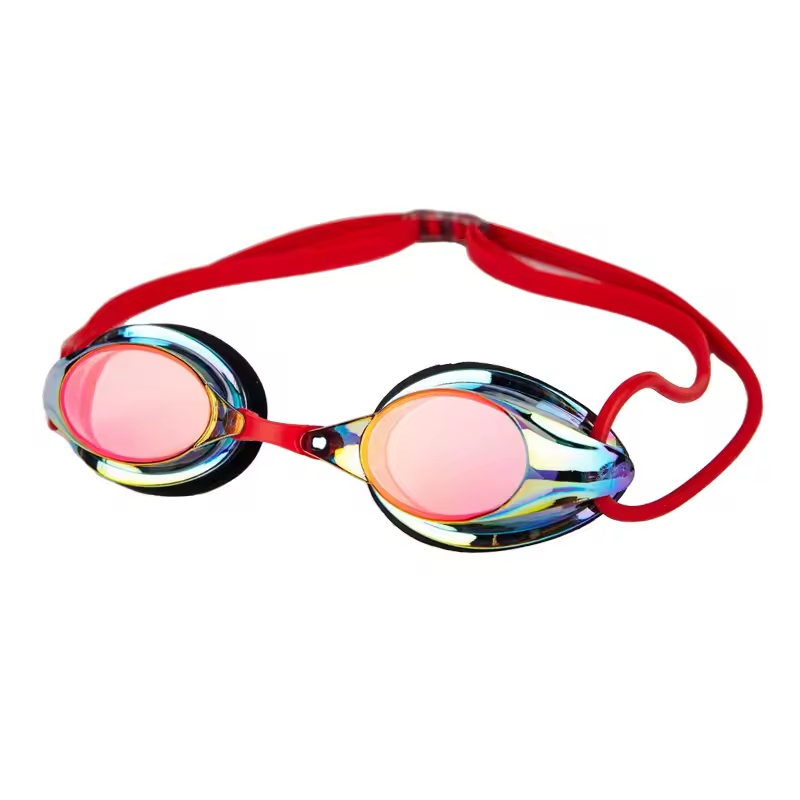
Read More: How Long Do Ski Goggles Last
How Should I Last the Lifespan of Swim Goggles?
To get the most out of your swim goggles and extend their lifespan, proper care is essential. Here are some tips to help you maintain your goggles and make them last as long as possible:
- Rinse After Every Use: After every swim, rinse your goggles with fresh water to remove chlorine, salt water, or other chemicals. This prevents these substances from degrading the lenses and seals. Avoid using soap, as it can damage the anti-fog coating.
- Clean Gently: Use a soft cloth or microfiber towel to clean your goggles. Avoid using rough materials that can scratch the lenses. Never rub the lenses with your fingers, as oils from your skin can leave residue on the surface.
- Store Properly: Always store your goggles in a protective case when not in use. Avoid leaving them in direct sunlight or in a hot environment, as heat can warp the frame and damage the lenses. Keeping your goggles in a case will also protect them from scratches and pressure damage.
- Avoid Touching the Lenses: Try to avoid touching the lenses with your fingers, as this can transfer oils and dirt onto the surface, causing fogging and potentially damaging the anti-fog coating.
- Don’t Use Them for Other Activities: Swim goggles are designed for swimming. Using them for other activities, such as sunbathing or diving into rough environments, can cause unnecessary wear and tear.
Conclusion
Swim goggles can last anywhere from six months to two years, depending on factors like frequency of use, quality, and how well you take care of them. Regular swimmers should replace their goggles every six months to a year, while occasional swimmers may get longer use. To extend the lifespan of your swim goggles, rinse them after every use, store them properly, and clean them gently. If you notice issues like fogging, leaks, or a loss of elasticity, it’s time to replace your goggles. By following these tips, you can ensure that your swim goggles remain in good condition for as long as possible, giving you the best experience in the water.
Also Read: How to Remove Scratches from Swim Goggles

